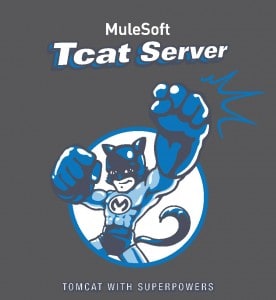As you may have heard, Mule 3 has undergone a streamlining of its internal architecture. It’s now my job to explain what’s changed, why and what this means to you. I can’t promise it will be as exciting as a children’s movie but I will attempt to explain things as clearly as possible so that everyone can understand the concepts which in turn will help you use Mule 3 to its fullest.
This series of posts should be very useful both for existing Mule users wanting to understand the changes in Mule 3 and also for people who want to learn more about how Mule can be used to satisfy integration and messaging needs.
In this first blog post I’ll be taking a step back, away from Mule and its architecture and internals. We’ll remind ourselves what integration and messaging are all about, before going on to talk about the type of architecture that should ideally be used for integration or message-processing projects or frameworks.
Continue reading




